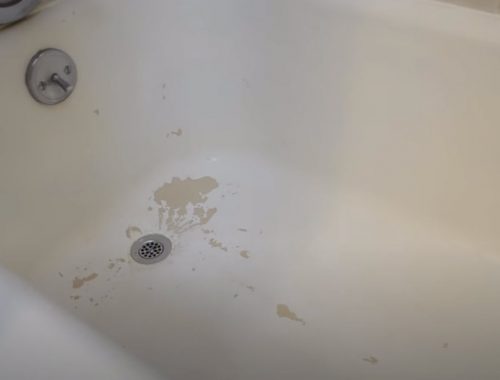Avoid Heavy Sap Drip by Waiting to Trim These Trees in Joliet
You know how sticky, unpleasant, and dirty it can be if you’ve ever had tree sap on your hands. Here in Joliet, there are numerous tree species that can overproduce sap. Waiting until after spring to trim any magnolia, willow, maple, mesquite, silk oak, or avocado trees on your property will help you avoid having to deal with a lot of sap drops. Although sap drop is dirty and unpleasant, it’s vital to keep in mind that your trees aren’t harmed by it. If you do come across sap drop, it is best to not attempt to stop it or clean it up.
If you wish to prevent sap drip, postpone trimming these trees until after spring.
The Illinois region is home to a number of trees that are well-known for dripping copious amounts of sap. To avoid dealing with sap drip, postpone trimming these trees until after spring. These trees consist of:
- Magnolias: Magnolia trees produce honeydew, which is a viscous, sweet sap. You should trim your magnolia trees any time between mid-summer and early October to prevent unsightly sap drops.
- Willows: The watery sap that willow trees generate is very salicylic acid-rich. Trim your willow trees in the winter while they are dormant to prevent severe sap drip.
- Maples: The major component of maple syrup and other sweets is known as maple tree sap. In the middle of the summer, trim your maple trees to reduce the risk of sticky sap flow.
- Mesquite trees create a viscous sap that can be either clear or honey-colored. To avoid a sticky, sappy mess, it is better to cut your mesquite trees during their winter dormancy.
- Avocado plants: Sap from avocado trees is often whitish and watery. By cutting these trees in the late winter, you can avoid having to deal with the sticky sap.
Keep in mind that sap drip won’t hurt your trees.
While strong sap drops might be rather untidy and unsightly, it’s vital to remember that your trees are not harmed by them. In fact, if you have any of the aforementioned trees and you observe sap dripping after cutting them, it may indicate that your trees are healthy. Sap drip after pruning shouldn’t be a reason for concern as long as the bark on your trees appears to be in good health. Therefore, you are free to trim your trees in the early spring if you simply can’t wait; any sap flow that happens won’t hurt your trees.
What should you do if sap drips on you?
After cutting your trees, the best course of action is to simply leave any excessive sap drop alone rather than attempting to stop it. If you try to prune your tree yourself, you run the risk of doing it incorrectly and maybe harming your tree. In some situations, cutting the areas of your tree that are excreting sap might halt or stop the sap leak. It is advised that you call your neighborhood tree care specialists to trim your trees if you frequently experience high sap flow while doing so.
Call us right now to reserve a spot for our tree-trimming service!
One of the most crucial aspects of maintaining the health of your trees is trimming them properly and at the appropriate times of the year. https://treeservicejoliet.com/ staff provides high-quality tree trimming services that will keep your trees looking great all year long. We have been offering this service to homes and businesses in Joliet, Illinois, and other Illinois areas for the past years. Give us a call at (815) 476-3395 to make an appointment if you’re interested in our high-quality tree trimming service.
You May Also Like

The 5 Biggest Technology Trends In 2021
January 4, 2021
How AI Is Impacting The World Of Sports
February 17, 2020